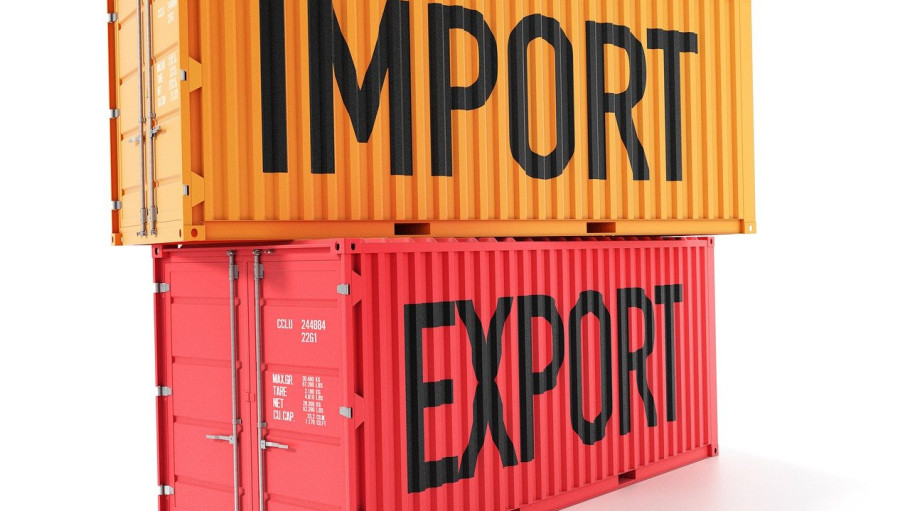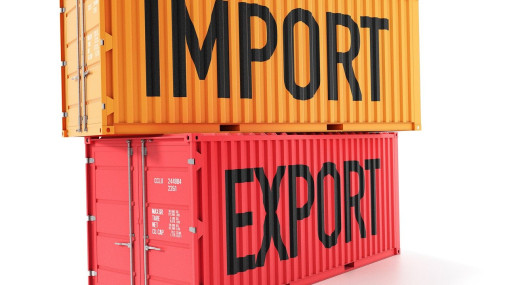
Press releases » New EU steel safeguard investigation is welcome step to continue addressing global overcapacity, says EUROFER
New EU steel safeguard investigation is welcome step to continue addressing global overcapacity, says EUROFER
Downloads and links
Recent updates

Brussels, 09 February 2024 – The initiation of a new steel safeguard investigation announced today by the European Commission is a pivotal step that could ensure the continuation of current measures beyond June 2024. This welcome move comes in response to worsening challenges in the global steel market, where carbon-intensive steel imports originating from excess capacity are inundating the EU market, posing a risk to the sustainability of the European steel industry, says the European Steel Association.
“The conditions for initiating such a procedure are undeniable. The U.S. Section 232 tariffs are still in place, while we see protectionist measures proliferating in other markets and overcapacity escalating across the globe. All this poses significant challenges to European steel producers”, said Axel Eggert, Director General of the European Steel Association (EUROFER). “China is now very close to the massive export levels of a decade ago, current global overcapacity has reached 600 million tonnes, and further 150 million are underway in the next three years. These figures speak for themselves: the current steel trade picture is far from fair”, he added.
The unprecedented expansion of China's steel capacity over the past two decades has resulted in a profound imbalance in global steel markets. Those repercussions were firstly deeply felt during the steel crisis of 2015-2016, when Chinese domestic steel demand stagnated, leading to massive export surges totalling around 100 million tonnes. Today, data point to a potential repetition of the same scenario, as China’s steel exports in 2023 nearly matched these historical highs, reaching 94 million tonnes.
Adding to the complexity of the situation, new dynamics of excess steel capacity are emerging also on a regional scale, particularly in Southeast Asia (ASEAN countries, India), the Middle East, and North Africa. These new capacities are shifting trade patterns, as traditional exporting countries are being replaced and faced with reduced export opportunities and more closed markets, compelling them to seek alternative export markets. Consequently, the European Union has become a primary target for trade deflection, with steel exports increasingly redirected towards its market.
“The safeguard is a legitimate and indispensable tool for stabilising the EU steel market and ensure the sustainability of the European steel industry, which is on its way to decarbonisation. Massive, market-disruptive import surges from third countries, mostly with little or no climate ambition, further jeopardise the transition. We count on the Commission for a thorough assessment of the global situation and take the necessary measures to safeguard European steel production”, concluded Mr. Eggert.
Contact
Lucia Sali, Spokesperson and Head of Communications, +32 2 738 79 35, (l.sali@eurofer.eu)
About the European Steel Association (EUROFER)
EUROFER AISBL is located in Brussels and was founded in 1976. It represents the entirety of steel production in the European Union. EUROFER full members are steel companies and national steel federations throughout the EU. The major steel companies and national steel federation of Turkey, Ukraine and the United Kingdom are members.
The European Steel Association is recorded in the EU transparency register: 93038071152-83. VAT: BE0675653894. The RLE or RPM is Brussels.
About the European steel industry
The European steel industry is a world leader in innovation and environmental sustainability. It has a turnover of around €130 billion and directly employs around 306,000 highly-skilled people, producing on average 152 million tonnes of steel per year. More than 500 steel production sites across 22 EU Member States provide direct and indirect employment to millions more European citizens. Closely integrated with Europe’s manufacturing and construction industries, steel is the backbone for development, growth and employment in Europe.
Steel is the most versatile industrial material in the world. The thousands of different grades and types of steel developed by the industry make the modern world possible. Steel is 100% recyclable and therefore is a fundamental part of the circular economy. As a basic engineering material, steel is also an essential factor in the development and deployment of innovative, CO2-mitigating technologies, improving resource efficiency and fostering sustainable development in Europe.

Strasbourg, 17 December 2025 – The European Commission’s latest proposals on the Carbon Border Adjustment Mechanism (CBAM), unveiled today, correctly identify several loopholes that risk undermining its effectiveness, notably regarding EU exports, downstream sectors and circumvention practices. However, despite these laudable efforts, the measures put forward fail to deliver a comprehensive and durable response to carbon and jobs leakage, warns the European Steel Association (EUROFER).
A milestone occasion to quickly and effectively restore affordable electricity, to relaunch the
decarbonization and strengthen the international competitiveness of the European steel
industry.
Brussels, 02 December 2025 – Unchanged negative conditions – U.S. tariffs and trade disruptions, economic and geopolitical tensions, protracted weak demand and still high energy prices – continue to weigh on the European steel market. EUROFER’s latest Economic and Steel Market Outlook confirms for 2025 another recession in both apparent steel consumption (-0.2%, unchanged) and steel-using sectors (-0.5%, revised from -0.7%). A potential recovery is expected only in 2026 for the Steel Weighted Industrial Production index (SWIP) (+1.8%, stable) and for apparent steel consumption (+3%, slightly revised from +3.1%) – although consumption volumes would still remain well below pre-pandemic levels. Steel imports retained historically high shares (27%), while exports plummeted (-9%) in the first eight months of 2025.